Sediment Settling Techniques for Aquaculture Ponds
What is Sediment and Why Is Settling Necessary?
Sediment refers to a mixture of small solid particles such as clay, dust, and fine silt carried by water currents. In water sourced from rivers, canals, or reservoirs—especially during the rainy season or flood discharge—sediment levels can be extremely high.
While sediment brings certain benefits, such as providing minerals and improving pond bottom texture, excessive sediment in aquaculture ponds can cause several problems:
- Increases water turbidity, reducing light penetration and hindering photosynthesis of algae and plankton.
- Makes it difficult to observe fish or shrimp behavior and detect disease.
- Promotes the buildup of waste and disease-causing pathogens at the pond bottom.
- Leads to rapid sediment accumulation, reducing pond volume.
- Creates an anaerobic environment conducive to harmful bacteria.
Therefore, settling sediment before introducing water into ponds is a critical step in stabilizing the pond environment and enhancing farming efficiency.

Common Sediment Settling Methods
1. Settling Tanks or Ponds (Most Effective Method)
How it works:
- Construct a separate settling pond or tank upstream of the main culture pond, ideally 10–30% of the main pond’s area.
- Raw water from canals or rivers is directed into the settling pond first.
- Allow water to settle for 1–2 days to give suspended solids time to sink.
- Regularly remove the bottom sludge to maintain effectiveness.
Advantages:
- Highly effective at removing suspended solids and some pathogens.
- Significantly reduces turbidity and organic load in water.
Notes:
- Settling ponds should be fenced or covered to prevent intrusion from wild animals.
- Always test pH, alkalinity, and salinity before transferring water to culture ponds.
2. Using Coagulants and Flocculants
Some chemicals can bind fine particles into larger clumps, allowing them to settle faster.
Commonly used substances:
- Alum (Al₂(SO₄)₃)
- PAC (Poly Aluminum Chloride)

How to apply:
- Dilute the flocculant in water and evenly distribute it across the surface of the settling tank.
- Stir gently to spread evenly, then let the water sit still for 6–12 hours.
Advantages:
- Fast settling, ideal for highly turbid or large water volumes.
Disadvantages:
- Involves additional chemical costs.
- Incorrect dosage may be harmful to aquatic animals.
Important Notes When Settling Sediment
- Allow adequate time: Don’t rush the process. Let fine particles fully settle to the bottom.
- Water quality check: Even after settling, test key parameters such as DO, pH, alkalinity, and salinity to ensure they are within safe ranges.
- Cleaning the settling pond: Regularly dredge the sludge to prevent long-term pollution buildup.
- Consider bio-filtration: Use sand, gravel, or activated carbon as secondary filtration to enhance water quality after settling.
Sediment removal is a crucial step in aquaculture pond preparation. Depending on your conditions, farmers can choose between settling ponds, chemical flocculants, or combine these with aquatic plants for improved water treatment.
Effective sediment settling not only improves water clarity and quality but also reduces disease risk, enhances productivity, and supports long-term sustainability in aquaculture.
Source: tepbac.com
Aqua Mina's distributor in Japan: REX INDUSTRIES CO., LTD
- Address: 1-9-3 Hishiya-Higashi, Higashi-Osaka 578-0948 JAPAN
- Email: kimakubo@rexind.co.jp
- Phone: +81-(0)72-961-9893
- Website: http://www.rexind.co.jp/e/

WE WORK FOR YOUR SUCCESS!
Ngày đăng : 04/07/2025
2024 View
Other Articles
Vietnamese shrimp and catfish choose a sustainable path in global competition
End-of-Season Shrimp Prices Reach Record Highs
Norway – Russia Reach Barents Sea Fisheries Agreement for 2026
Cà Mau strengthens traceability to enhance the competitiveness of the shrimp industry.
Cold stress: Effects on the plasma characteristics of whiteleg shrimp.
A new breakthrough in the prevention of diseases caused by the microsporidian parasite EHP in shrimp farming
Vietnam’s shrimp export outlook in the first quarter of 2026 continues to face heavy pressure from tariffs.
New England’s shrimp fishery to shut down for the long haul after years of decline
Crab exports to the United States account for more than 80%.
Thailand sets a target to increase shrimp production to 400,000 tons by 2026.
CTU-RAS: Recirculating Shrimp Farming for Sustainable Development
Vietnamese aquatic products reach new markets








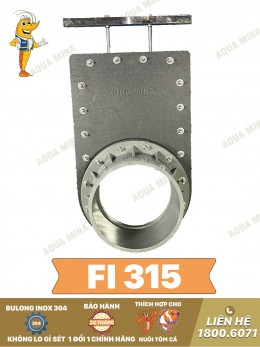
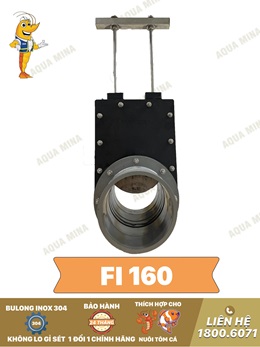
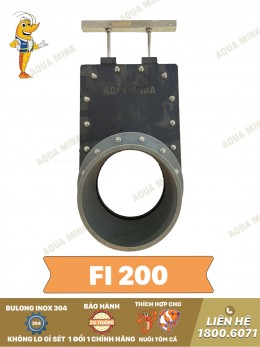
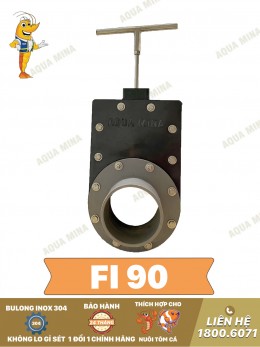
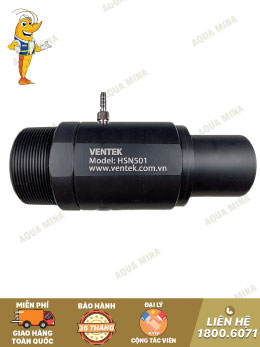
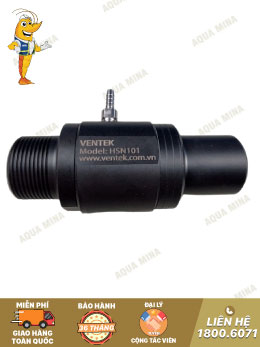

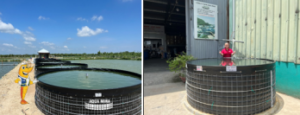
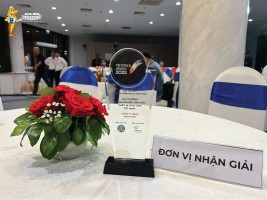
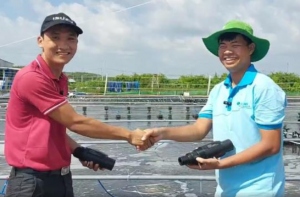
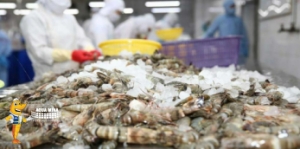
.jpg)